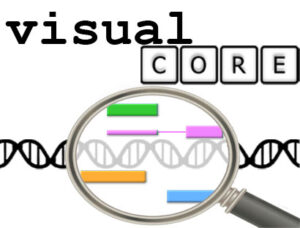
Session links for the following organisms are available
Click the relevant TSS source to access the desired session (opens in a new window)
| specie | scientific name | EPDnew TSSs | Additional resources for TSSs |
| human | Homo sapiens | hg38 | GENCODE |
| macaque | Macaca mulatta | rheMac8 | |
| mouse | Mus musculus | mm10 | |
| rat | Rattus norvegicus | rn6 | |
| dog | Canis familiaris | canFam3 | |
| chicken | Gallus gallus | galGal5 | |
| zebrafish | Danio rerio | danRer7 | |
| fly | Drosophila melanogaster | dm6 | FlyBase |
| worm | Caenorhabditis elegans | ce6 |
Promoter sequences (±100bp relative to the transcription start site (TSS)) were downloaded from the Eukaryotic Promoter Database (EPDnew).
The ElemeNT algorithm was used to predict 16 core promoter elements/motifs – GAGA, BREu, TATA box, BREd, XCPE1, XCPE2, Ohler Motif 1, dTCT, hTCT, BBCABW, hInr, dInr, MTE, bridge, DPE and Pause button. ElemeNT default parameters settings were used for creating this data. Motifs were scanned in a ±10bp window relative to the expected motif location, based on its known distance from the TSS.
For each organism, the resulting motif predictions were converted to multiple BED files, each BED file corresponds to a single core promoter element. For every specie, a custom UCSC genome browser session was generated based on its’ BED files.
The detected core promoter elements are denoted as gray-scaled blocks in their relevant genomic position. The blocks’ intensity represents the corresponding score (scaled from 0 to 1000, according to BED format). Since MTE, DPE and bridge elements are initiator-dependent, every prediction of these elements has been visually linked to a thin block, representing its relative initiator(Inr).
For human and fly genomes, additional sessions were created- based on GENOCODE and FlyBase annotation, respectively.
Accessory files
- ElemeNT parameters used for the generation of the CORE files
- Summary of all analyzed organisms and the created sessions (Excel file 17MB)
- Individual CORE files– results of motif predictions for each organism (Zip archive)